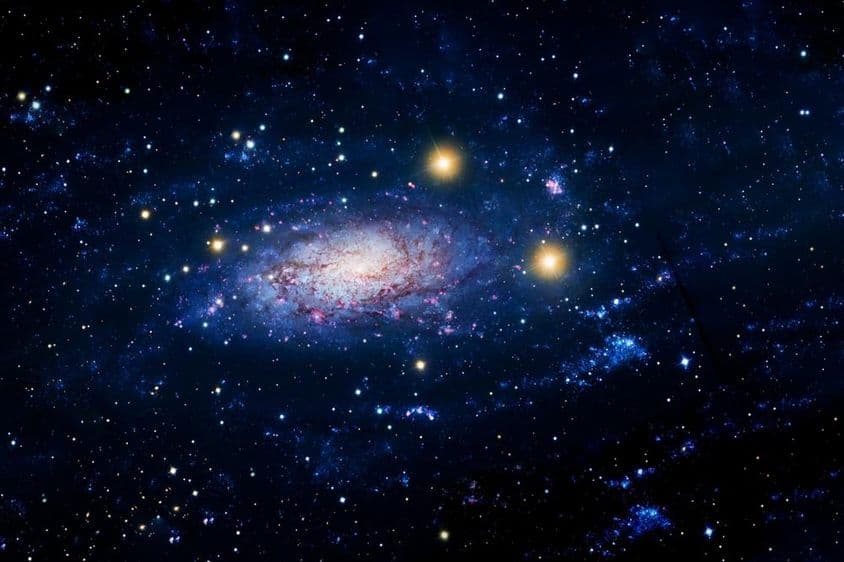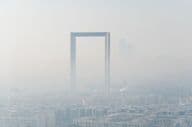Suhail Star Heralds UAE's Seasonal Transition

Suhail Star Marks Start of UAE's Autumn Season
On August 24, the Suhail star illuminated the skies of the United Arab Emirates, marking a turning point in the region’s weather and seasons. For the people of the region, this is not just an astronomical event, but a phenomenon of deep cultural significance observed for centuries. According to Arab tradition, “when Suhail rises, the night cools”—and while the daytime heat persists for some time, the event heralds the much-anticipated cooler weather.
What does the rising of the Suhail star mean?
Suhail, also known as the “Yemeni star,” is one of the celestial bodies that play a significant role in determining the seasons of the Arabian Peninsula. Bedouins, farmers, and fishermen have long observed its appearance to deduce upcoming changes—be it the harvest season, the time to set sail, or a drop in temperatures.
The appearance on August 24 marks the end of summer and the start of the autumn transition. Reports indicate that summer lasted 91 days this year, during which UAE residents endured desert heat with daily temperatures reaching around 40-45°C.
The Autumn Weather Schedule
Following the appearance of the Suhail star, gradual changes begin. Although the temperature doesn’t drop significantly right away, nights become increasingly milder. According to the official forecast, autumn will last approximately 92 days, with the first significant rainfall expected to arrive on October 3. This brings relief not only to city dwellers and rural inhabitants but also plays a vital role for agriculture and the ecological system.
From September 16, rains are expected that will promote the growth of the desert truffle, or kamaa as it’s known in Arabic. This special mushroom holds not only culinary value but is a local cuisine delicacy collected and utilized seasonally. However, this period also sees a rise in respiratory illnesses, such as colds and flu.
What to Expect as Winter Approaches?
The report suggests that from November 11, a significant drop in nighttime temperatures can be expected, and from November 24, the daytime weather will also noticeably cool. This change allows people to once again enjoy outdoor activities, such as desert treks, beach walks, or sitting at restaurant patios in the evening.
The official start of winter is on December 7, with the coldest weather—still relatively mild in the UAE—forecasted for January 2. On this day, the year’s lowest temperature may be recorded, especially in desert and mountainous areas, where nighttime temperatures can drop below 10°C.
The Role of Suhail in Agriculture and Culture
Traditionally, the appearance of the Suhail star also signals the time for date harvesting. The date is one of the region’s most important agricultural products, with several varieties grown in the UAE. The late August period is of critical importance for producers, who prepare for harvesting, processing, and selling based on climatic indicators.
The Suhail star is not just an astronomical object but a kind of calendar mark to which many cultural customs, sayings, and behaviors are linked. The changing season also symbolizes a period of spiritual renewal, as people look forward with relief to the milder weather following the long summer.
Why is this information important for residents?
For residents in the UAE, notably in Dubai and Abu Dhabi, who face extreme temperatures daily, the appearance of the Suhail star is a hopeful event. This period often coincides with the end of summer holidays, the start of the school year, and the resumption of business activities—symbolically marking the beginning of a new cycle.
The knowledge of the forecasts is significant for healthcare, education, agriculture, and even tourism. Outdoor events, cultural festivals, and sports competitions also often occur in the autumn-winter season when the weather is more suitable for outdoor activities.
Summary
The rise of the Suhail star is much more than a simple weather phenomenon—it heralds the change of seasons that the entire region anticipates eagerly. While daytime heat remains for a while, the milder nights, rains, and the promise of the agricultural season’s beginning give new impetus to the inhabitants. The weather changes bring not just physical refreshment, but also mentally introduce a new rhythm to life in the UAE—especially in the city of Dubai, where people increasingly take advantage of the opportunities presented by the cooler months.
If you find any errors on this page, please let us know via email.


